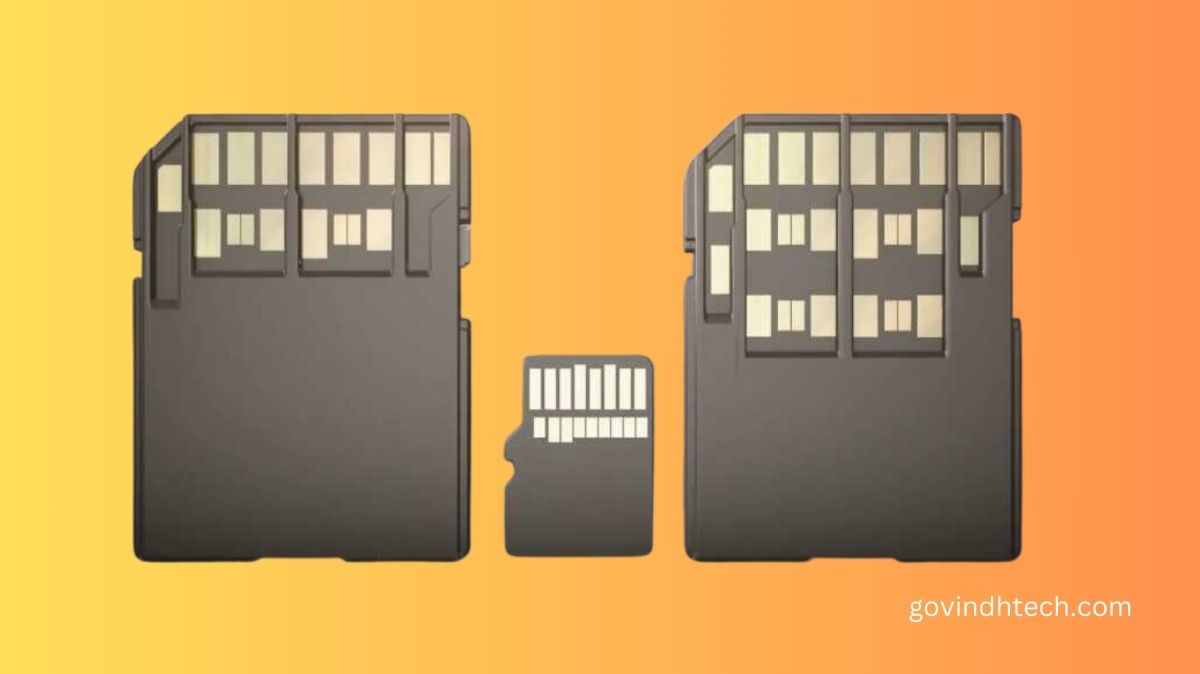MicroSD Express card speeds to 2 GB/s
PCIe 4.0 is finally making its way to microSD Express cards, which will cause the maximum speed to increase to 1,969 MB/s and double. In addition, the most recent SD 9.1 specifications include four SD Express classes, each of which must have minimum read/write speeds that range between 150 and 600 MB/s. These specifications also provide enhanced power management and heat dissipation for all sorts of cards.
The most recent SD 9.1 standards allow miniSD Express cards to achieve transfer rates of up to 2 GB/s, while the SD Express standard is gaining support for multi-stream access of up to eight streams, as well as enhancements to power and thermal management with the introduction of four new speed classes.
MicroSD Express cards may now take use of the PCIe 4.0 X1 specifications, which brings the maximum speed up to 1,969 MB/s, more than double the previous maximum of 985 MB/s. On the other hand, the maximum transfer rate for the SD Express standard that is only found on SDXC, SDUC, microSDXC, and microSDUC memory cards is still 4 GB/s. However, the SD Express standard has been reorganized into four separate classes, each of which guarantees a minimum read/write transfer rate in MB/s. As a result, the new classes are denoted by the letters E150, E300, E450, and E600.
According to the explanation provided by SDA president Hiroyuki Sakamoto, “by defining minimum assured sequential performance standards for SD Express memory cards, the SDA helps both device manufacturers and consumers ensure the best recording and playback of all types of content.”
Enhanced power and thermal management capabilities make it possible to operate at a higher efficiency. Since not all workloads call for the maximum performance (MP) option, a card may now advise required and appropriate MP values based on the SD Express speed class that is being targeted and the PCIe bus mode that is being chosen. Therefore, the host device has the ability to choose an acceptable MP value based on the capabilities of the card. This ensures that the card does not use an excessive amount of power and does not get too hot.
Applications such as data-intensive wireless or wired communication, super-slow motion video, RAW continuous burst mode, and 8K video capture and playback, 360-degree cameras and videos, multi-channel Internet of Things devices, and automotive entertainment systems are examples of some of the applications that will benefit the most from the increased speeds of microSD Express and SD Express.


